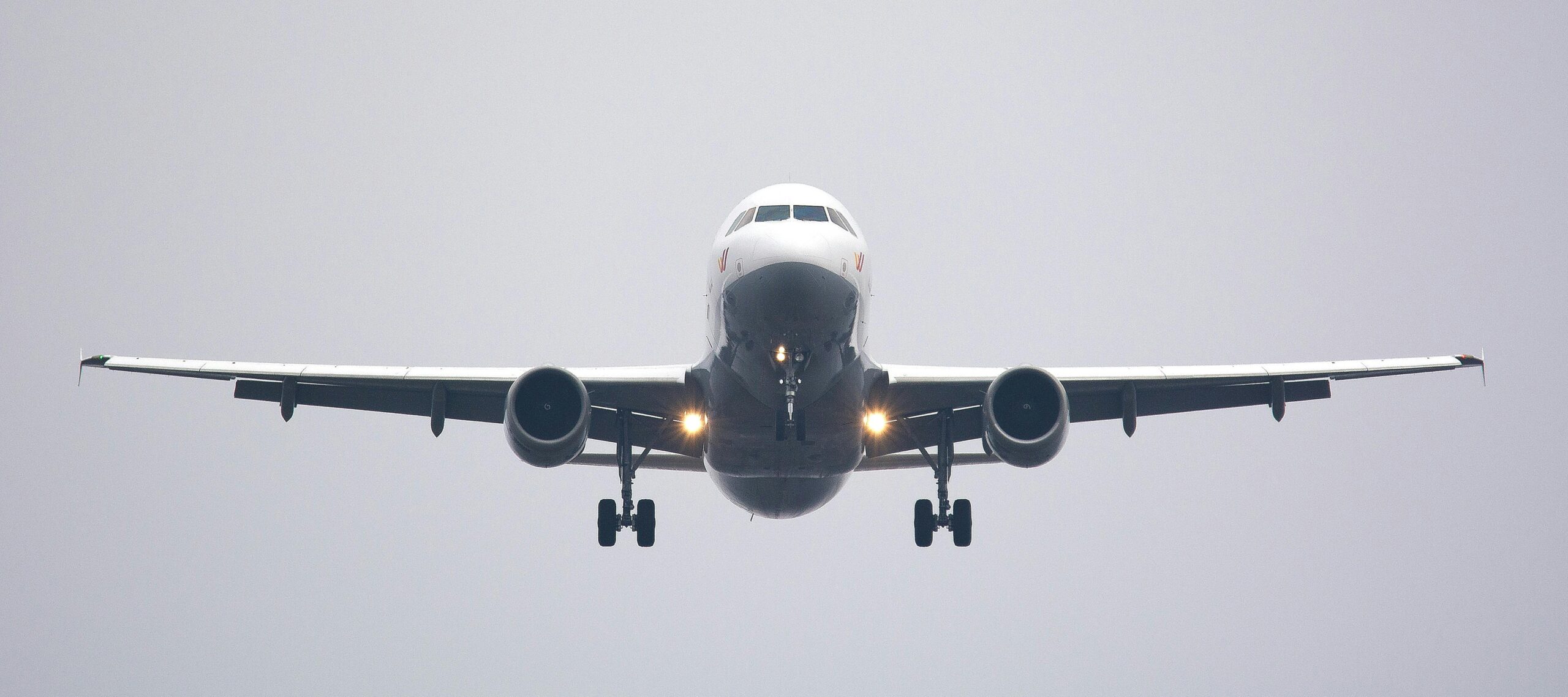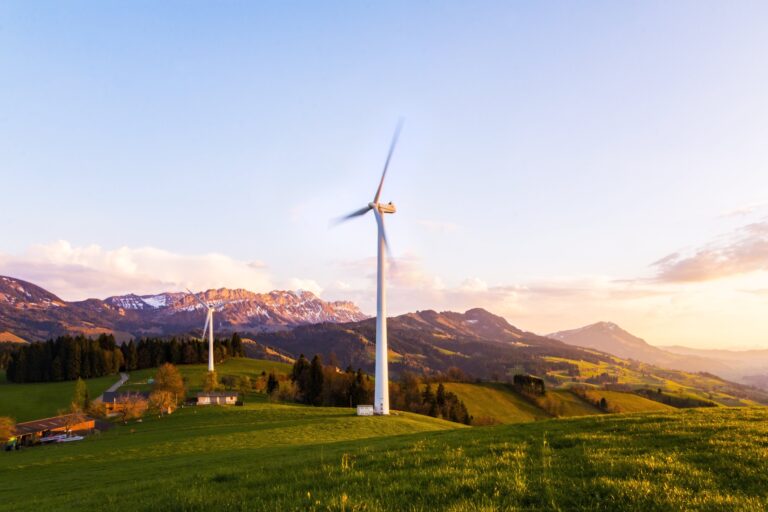How Zepplines Can Save The Environment

Zepplines are unwieldy airships that move slowly across the sky at a fraction of the speed of a jet.
Zepplines are usually associated with the airship Hindenburg. On May 6, 1937, it caught on fire and burned in Naval Air Station Lakehurst, NJ, within a few seconds. It had just the Atlantic. This form of light was supposed to be the best way to move people and cargo long distances. The explosion ended those plans.
According to The Washinton Post, a group of small companies wants to revive the zeppelin as a form of transportation. Their pitch to investors and customers is “Whereas airplanes burn thousands of gallons of kerosene per hour in their jet engines to stay in the air, the zeppelins in development need a few dozen gallons of diesel fuel per hour, in combination with battery power, cutting harmful emissions by up to 90 percent, companies claim.”
While it is a worthy plan, it won’t be adopted. Airplanes, despite their pollution, are far more efficient based on speeds. It is much more likely that electric jet engines or those that use a less polluting fuel will replace the jet engine as it is operated today.
Move Too Slowly
Five years ago, a study showed, “Emissions from aviation have been growing faster than any other mode of transport, and have more than doubled between 1990 and 2019.”
MIT News described how eclectic engines might eventually power planes.”To meet this need, a team of MIT engineers is now creating a 1-megawatt motor that could be a key stepping stone toward electrifying larger aircraft.” They are not powerful enough to propel large jets, but the scientists think they can get there.
The idea of using zeppelins will die if an EV of the skies can work
Sponsor
Find a Vetted Financial Advisor
- Finding a fiduciary financial advisor doesn't have to be hard. SmartAsset's free tool matches you with up to 3 financial advisors that serve your area in 5 minutes.
- Each advisor has been vetted by SmartAsset and is held to a fiduciary standard to act in your best interests. Get on the path toward achieving your financial goals!
More from ClimateCrisis 247
- AI Firms May Not Need Our Electricity
- Cutting Home Electricity Bills In Half
- A Major Comeback For Offshore Wind
- Renewables Top Coal, But That Could Reverse





